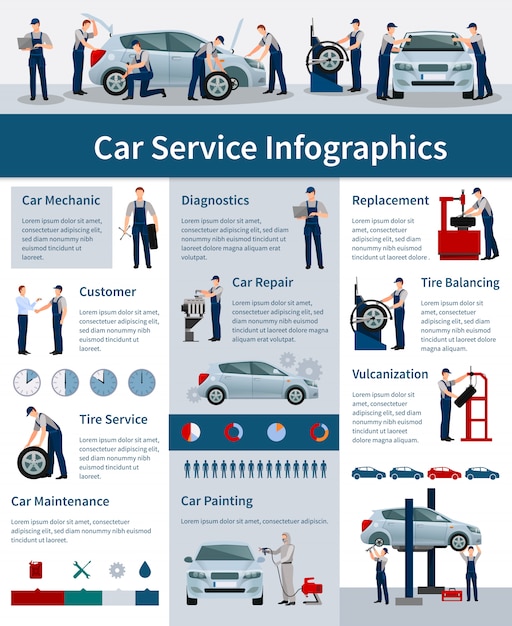When you lag the wheel, those beautiful warning lights on your control panel can be a little bit puzzling. Do you understand what they're trying to tell you concerning your vehicle's health and wellness? Comprehending the importance of these lights is vital for your safety and the durability of your lorry. So, the following time among those lights appears, would not you want to decipher its message accurately and take the necessary steps to resolve it?
Common Warning Lighting and Interpretations
Recognize common warning lights in your automobile and recognize their definitions to ensure secure driving.
The most common caution lights consist of the check engine light, which signifies problems with the engine or exhausts system. If this light begins, it's critical to have your lorry inspected without delay.
The oil stress advising light shows reduced oil pressure, requiring prompt attention to stop engine damage.
A blinking battery light may recommend a faulty charging system, potentially leaving you stranded if not attended to.
The tire stress surveillance system (TPMS) light alerts you to low tire stress, impacting lorry stability and fuel efficiency. Neglecting this could result in harmful driving conditions.
autodetailing indicates a problem with the anti-lock stopping system, endangering your capability to stop swiftly in emergencies.
Last but not least, the coolant temperature level advising light warns of engine overheating, which can result in serious damage otherwise dealt with swiftly.
Comprehending these usual caution lights will aid you deal with problems without delay and keep risk-free driving conditions.
Value of Prompt Interest
Understanding the typical caution lights in your car is just the primary step; the value of promptly attending to these cautions can not be highlighted enough to guarantee your security on the road.
When a caution light illuminates on your dashboard, it's your automobile's means of connecting a possible concern that needs focus. Ignoring these warnings can result in extra serious problems down the road, jeopardizing your safety and potentially costing you extra out of commission.
https://www.usatoday.com/story/news/nation/2021/12/24/michigan-auto-repair-shop-owner-delivers-lost-packages-christmas/9014826002/ to alerting lights can stop malfunctions and crashes. For example, a blinking check engine light can suggest a misfire that, if left unattended, can create damages to the catalytic converter. Resolving this promptly can conserve you from a pricey repair service.
In a similar way, a brake system cautioning light could indicate reduced brake fluid or used brake pads, crucial elements for your safety and security when driving.
DIY Troubleshooting Tips
If you notice a caution light on your dashboard, there are a few DIY repairing ideas you can attempt before seeking professional help.
The primary step is to consult your automobile's manual to understand what the specific caution light indicates. Occasionally the problem can be as basic as a loosened gas cap setting off the check engine light. Tightening up the gas cap might fix the trouble.
Another common problem is a reduced battery, which can trigger different advising lights. Inspecting the battery links for rust and ensuring they're secure may deal with the issue.
If a warning light persists, you can attempt resetting it by separating the cars and truck's battery for a few minutes and then reconnecting it. Furthermore, examining your car's fluid levels, such as oil, coolant, and brake fluid, can aid repair cautioning lights connected to these systems.
Verdict
Finally, recognizing your auto's caution lights is necessary for maintaining your car running efficiently and securely. By without delay attending to these signals and recognizing what they suggest, you can avoid costly repair work and possible failures.
Bear in mind to consult your automobile's guidebook for particular details on each advising light and act appropriately to ensure a trouble-free driving experience.
Stay notified, stay secure on the road!
